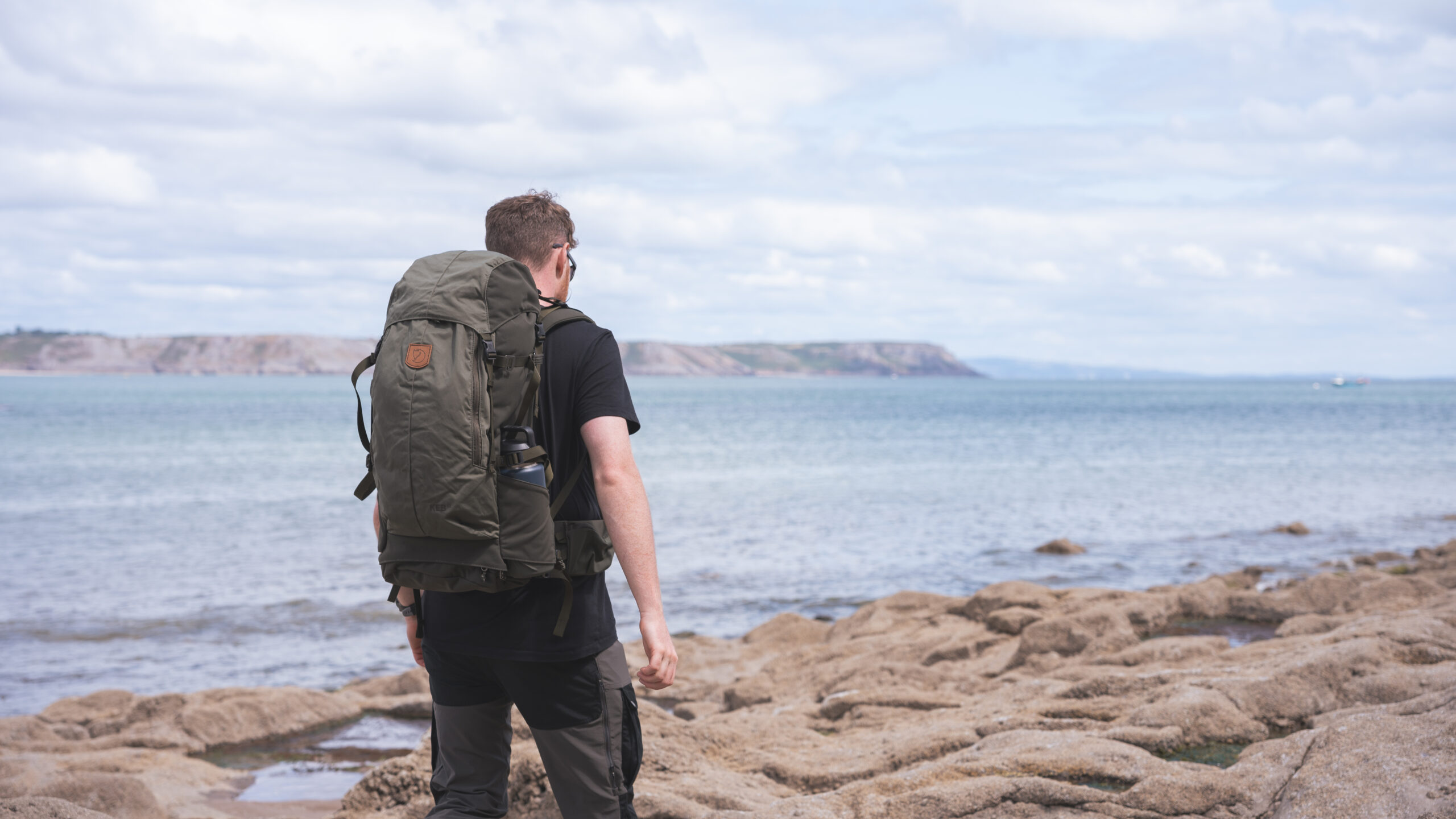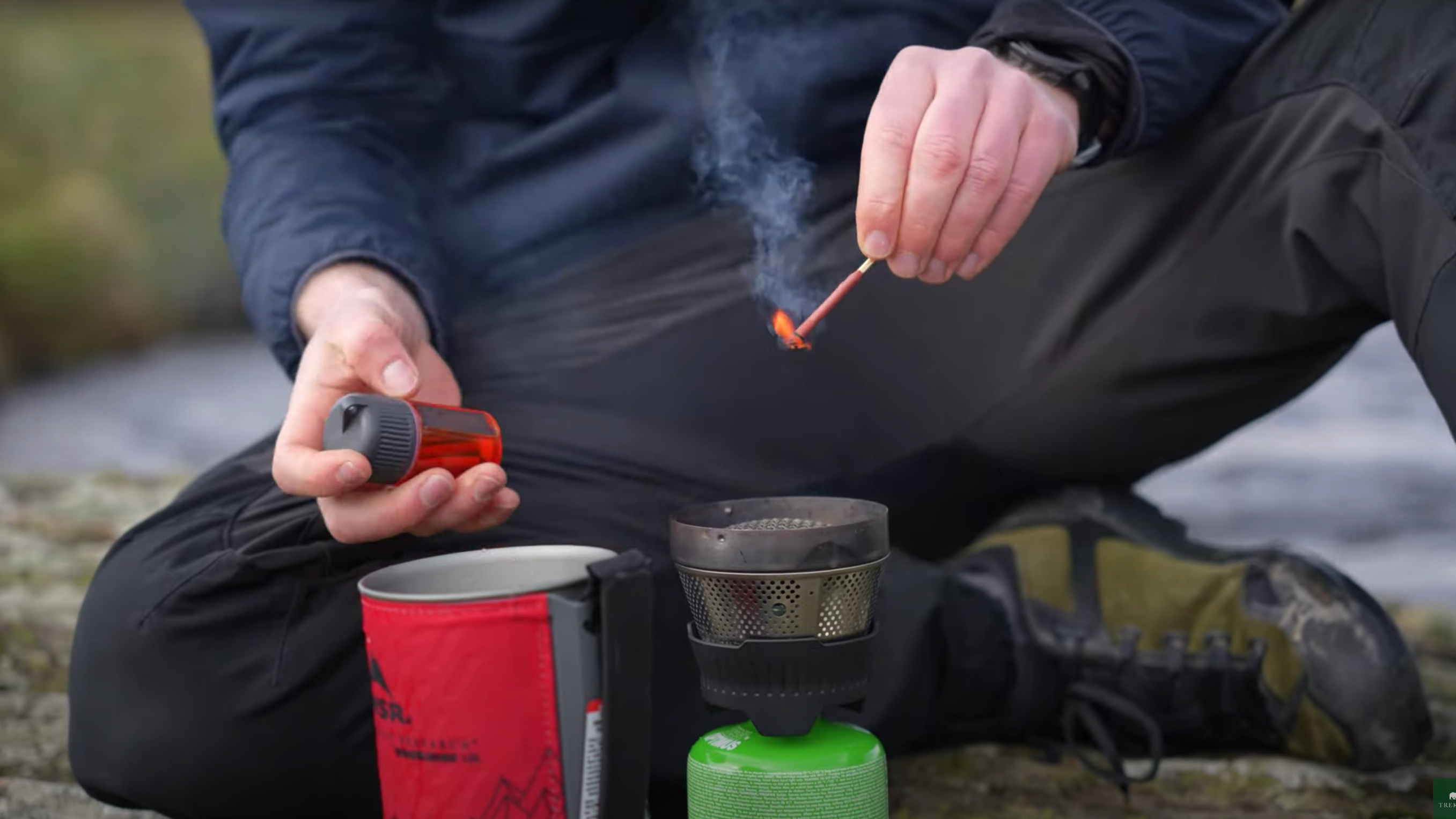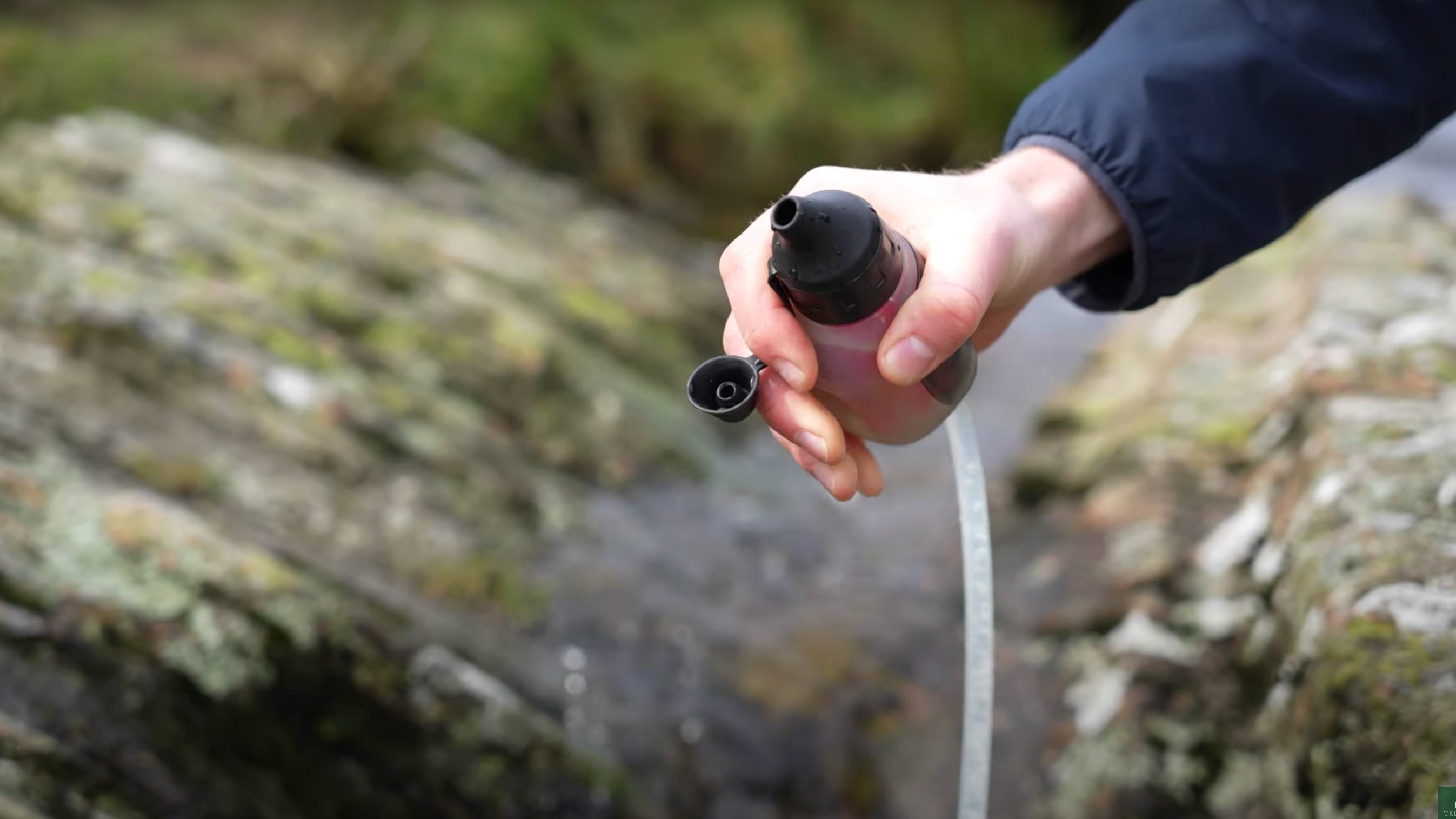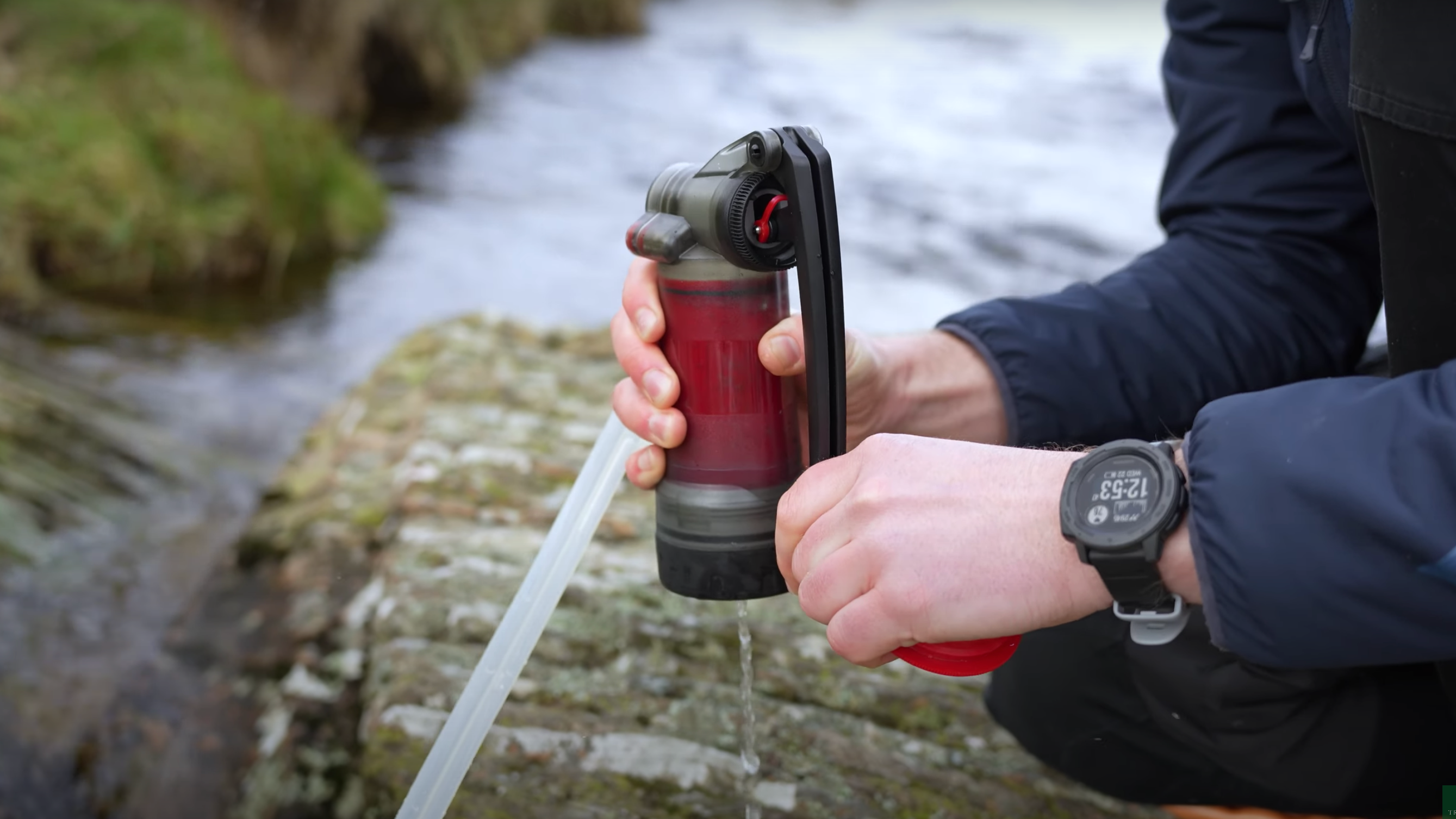Water is one of the heaviest items you’ll carry whilst outdoors. Every litre adds a kilogram, and if you’re heading out for a few days that’s a fair bit of weight. Luckily, there’s a solution to carrying the kitchen sink on your back and that is drinking water that you might find naturally along your route. This presents its own issue, though, in the sense that most water isn’t safe to drink right from the source; at least if you’re human. Here are some clues on how to filter water outdoors.

How to Filter Water Outdoors Boiling:
This is the cheapest and arguably simplest option if you already own a stove. Simply boil the water and all bacteria & viruses present will be killed; job done. Time is the main issue here. It’ll take five to ten minutes to boil and probably the same again to cool down depending on the time of year. You’ll also need to ensure it’s not full of soil, stones and other debris as obviously boiling isn’t going to filter out visible objects. A solution to this is to use a tea towel or old t-shirt as a makeshift strainer to remove the sediment.
Positives: Cheap & simple
Negatives: Slow, requires fairly clear water if not straining
Bacteria: Yes
Viruses: Yes

How to Filter Water Outdoors: Filtering
A water filter is a quick and safe way to filter water. It is one of the most widely-used methods on this list. Most will filter a litre of water in a minute or so and are relatively inexpensive to maintain. MSR’s TrailShot has become one of our bestsellers thanks to its straw-like functionality which allows you to drink straight from the source. The filter will need replacing, but not until you’ve drank 2000L of water. Let’s be honest, is going to take you a while. It’s worth noting that although filters will eliminate bacteria, they won’t all remove viruses. Yyou’ll have to add chemicals afterwards if you’re in a particularly nasty area.
Positives: Quick, hassle-free
Negatives: Won’t all filter viruses, higher initial cost
Bacteria: Yes
Viruses: No, unless using chemicals after

Purifying
Think of this as a filtration system for regions where water treatment and sanitation aren’t as sophisticated, or where you’re likely to find some form of nasty human-derived viruses such as Hepatitis or Norovirus—we’ve got two options here.
MSR’s Guardian will remove sediment, viruses and bacteria from water sources and was originally designed for the military. You can be sure it’ll work no matter where you are. The downside of this particular purifier is that it’s expensive and bulky, but needs must ey. Taste is vastly improved with the Guardian over a basic filter. It’ll provide some level of protection against heavy metals too. In terms of ease of use, it’s simply a matter of popping the one end in your water source and using the handle to pump water through until clean water emerges from the other end.
Positives: Removes bacteria, viruses, and sediment in bulk. Improves taste.
Negatives: Expensive, bulky
Bacteria: Yes
Viruses: Yes

The other option is a Grayl filter—we stock both the GeoPress and UltraPress. The GeoPress, for example, will remove sediment, viruses and bacteria from around 700ml of water in 8 seconds. They improve taste, just like the Guardian above, and will remove chemicals, heavy metals and microplastics. To filter and purify, fill the inner vessel with water, put the outer over the top and press down—easy. The downside of this option is that you’re limited to the size of the vessel itself. You can only filter 700ml or so at a time. Ideal if you’re by yourself, but if you’re in a larger group or need more water then the Guardian is probably for you.
Positives: Removes bacteria, viruses, sediment, heavy metals, chemicals and microplastics. Improves taste.
Negatives: Limited to vessel size
Bacteria: Yes
Viruses: Yes
How to Filter Water Outdoors Chemicals
: If you don’t own a stove and fancy saving a few quid at the expense of the taste of the water, this is the option for you. Generally you’ll find these chemicals in tablet or droplet form and can be added to your bottle to eliminate both bacteria and viruses. The positive? They’re incredibly cheap (less than a pub lunch for a box full of the things), effective against bacteria and viruses and take up very little space in your pack. The negative is that the water should be as clear as possible before treatment, as debris will limit the efficacy of the product. You can strain the water through a tea towel, old t-shirt or similar if you’re really stuck. Another downside is that, in most cases, your water will taste like chlorine after which isn’t pleasant. Lifeventure’s Chlorine Dioxide Droplets leave less taste than most alternative products but it’s still an acquired taste. Finally, the process is a bit slow if treating a few litres at a time, taking around half an hour for two litres.
Positives: Cheap, small, lightweight
Negatives: Requires clear water, leaves behind ‘chemical’ taste, can be slow
Bacteria: Yes
Viruses: Yes
All of these methods have their uses and none is necessarily better than the other, but hopefully this gives you a good idea of which is right for you. If you’d rather just shop our entire range of water filters, you can here.

Leave a Reply